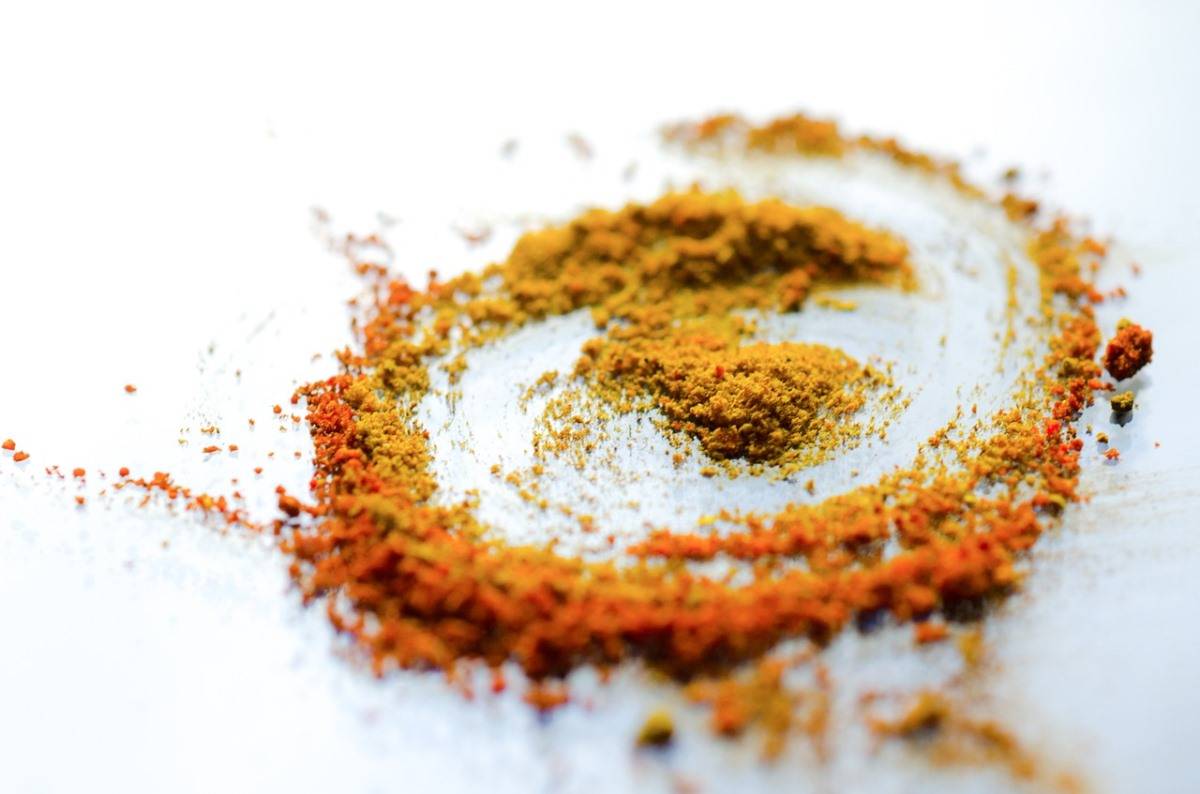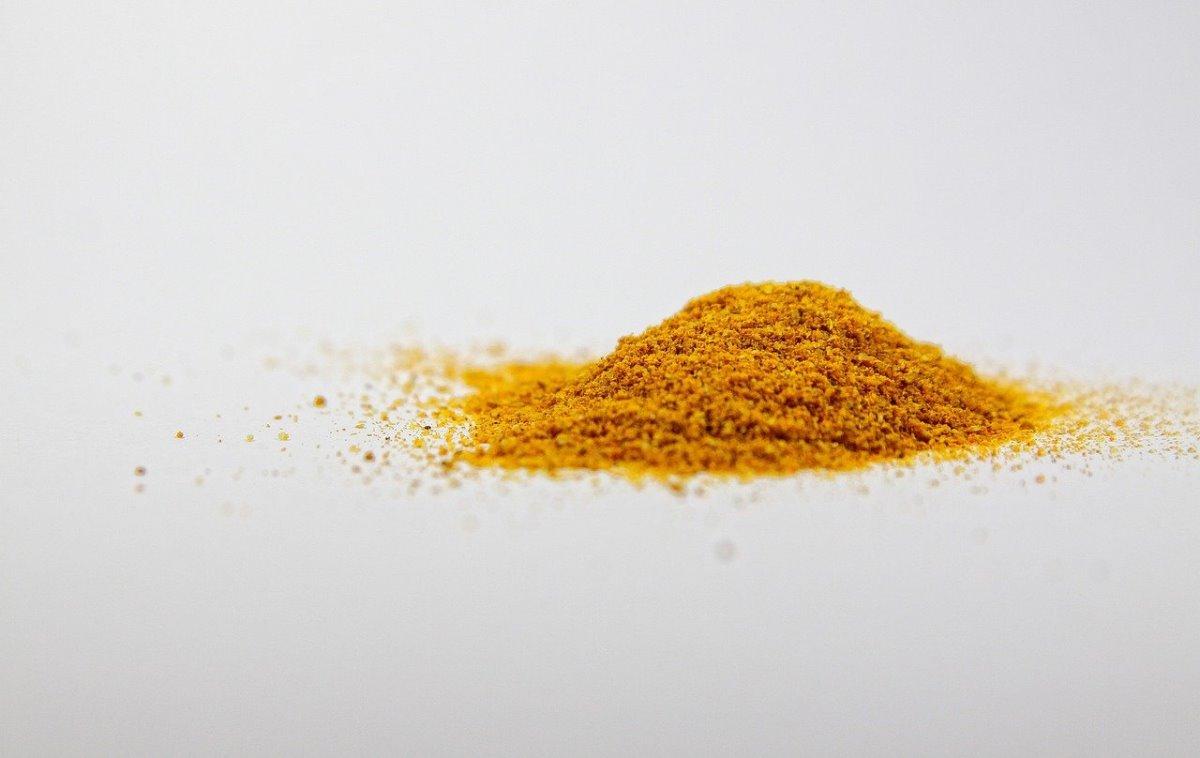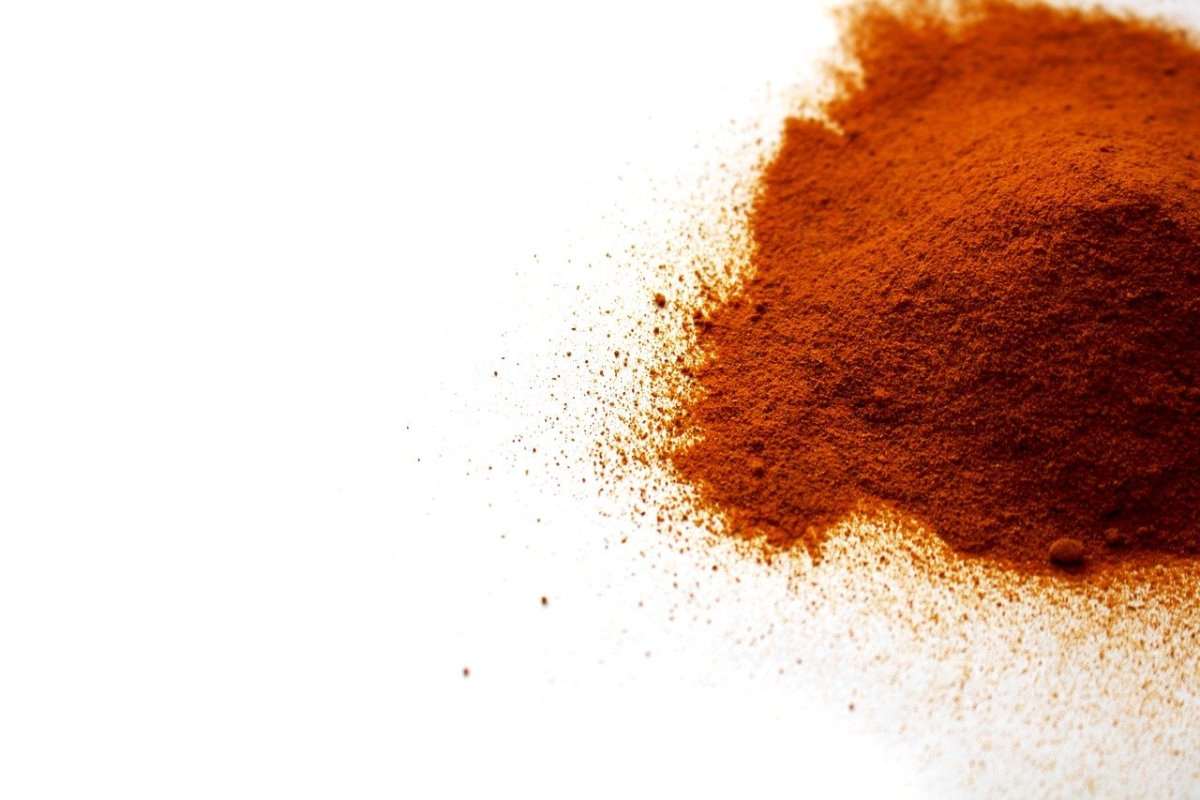Introduction to Sambar Powder Project Report, Manufacturing Process, and Business Plan: Spices are one of the most famous things about India and hence it is known as the home of spices. Indian spices dominate a list of 70 spices described by the international organization for standards. Pepper, cardamom, chilies, Ginger, Turmeric, and a number of spices seeds, and curry powder are some of the important powders produced and exported from India. There are about 2 million metric tonnes of spices produced worldwide per annum, and about 0.5 million metric tonnes of spices and spices powders are exported per year. Internal consumption consumes the remaining balance.
Spice powders/masala powders (a blend of different spices) are experiencing rapid growth in the domestic market. Almost all of the spice powder produced in the country is produced at home scales or on a cottage scale. The number of these units in the country is estimated to be around 1500. Approximately 20-25 large spice companies are involved in both exports and producing packed spices according to the available information. Few companies have achieved national market penetration for their products. The predominant contribution to the product mix comes from coriander, chilly, and turmeric powders. The Indian spice industry exports a substantial quantity of spices.
A guide to Sambar Powder Project Report, Manufacturing Process, and Business Plan in India

Sambhar powder is a spice blend used to prepare Sambhar, a recipe for a soup that consists of sambhar powder, vegetables, cooked lentils, and tamarind paste. Usually, it is eaten with cooked rice, Idly, dosa, as well as vada.
Sambhar recipes vary from state to state according to the ingredients. Its popularity has grown since its availability in the market, and one can now choose their own type of sambhar powder.
Toor Dall, Coriander seeds, Cumin seeds, Fenugreek pepper, turmeric, and curry leaves are a few of the ingredients in Sambhar Powder. The Sambhar powder is an extremely versatile spice mixture. There are countless recipes that can be made with it.
Market potential of Sambar Powder Manufacturing Business
As a leading spice producer, India holds significant potential for spice exports. China, India, Africa, and the Middle East are some countries where spice exports contribute a great deal to their gross domestic product. Spice production countries can also gain further revenue from exporting spices as they are usually sold at premium prices and are in greater demand. By conserving the generative and renewing capabilities of the soil, plant nutrition, and soil management, spices are cultivated to yield nutritious food rich in vitality and disease resistance. Spicy foods are becoming increasingly popular due to their natural flavoring and coloring agents, as well as their medicinal properties. In areas such as the Asia Pacific, the Middle East, and Europe, spices are highly desired.
Market reports estimate that the global market for spices will reach 83,468 kilo tons by 2022, with a CAGR of 2.84% between 2016 and 2022. The global spices market is forecast to grow at an inverted rate from 2016 to 2022 due to increased demand for convenience foods and beverages across various food and beverage segments.
Spices have long been traded between India and ancient civilizations like Rome and China since ancient times and are known as the home of spices. Spices from India have today become the most highly coveted spices globally due to their aroma, taste, texture, and medicinal value. India is home to the world’s largest spice market. India has traditionally grown spices on small farms, but organic agriculture is becoming increasingly popular in recent years. There are 75 varieties of the 109 spices listed by the International Organization for Standardization (ISO) that are produced in India and the country accounts for half of the global spice trade.
Quality Control and Standards required to start Sambar Powder Manufacturing Business in India
The following ISI standards are required for Sambar Powder Manufacturing Business:
i) Black pepper IS: 1778:1982
ii) Chilli powder IS: 2445:1984
iii) Coriander powder IS: 2444:1980
iv) Curry powder IS: 1909:1961
v) Turmeric powder IS: 2446:1980
vi) Method of sampling and test of spices and condiments IS: 1797:1973
vii) Technology for spices and condiments IS: 1877:1973
viii)Method of test for spices and condiments IS 1797:1985.
The raw material required for starting Sambar Powder Manufacturing Business
In case if you miss this: Cheese Manufacturing Project Report.

For the production of Sambhar powder, the following raw materials are used: coriander seeds, dried chilies, peppers, turmeric, Bengal gram, methi, asafoetida, fenugreek, and curry leaves. The products are available at local wholesale outlets across the country.
The quantity and quality of raw materials required to depend on the capacity utilization. There are varying levels of process losses, generally ranging from 5% to 10%, and the average losses relate to losses of moisture, foreign bodies, depending on the quality and other problems. Each product would be procured from a state-based growing center, such as Tamilnadu, Kerala, and Andhra Pradesh, and others. This unit would always store bulk material so that production could run uninterrupted. Materials are not in short supply, but during season times they are available at a discounted rate. Hence, sufficient operating funds are necessary for the procurement and storage of such materials.
The Spices Board in India promotes Indian spices and works to develop them. Quality control and certification are offered, exporters are registered, trade information is maintained, and policy input is provided to the central government. To promote Indian spices and other products, the board takes part in international fairs and exhibitions as well as organizing various domestic events. A 10% increase in spice export value was recorded in FY20, reaching US$ 3.65 billion.
Considering the increased purchasing power of people, rapidly changing food habits, adherence to local brands in domestic markets, and rapid urbanization, there is a large market for sambhar powder both in the domestic and export markets.
In terms of value addition, whole spices and spice powders are phenomenally valuable, and this will lead to sustainable development for spice grinding and consumption.
The manufacturing process of Sambar Powder
How about this: Spirulina Powder Manufacturing Project Report.

Spices are cleaned and de-stoned. A roasting process follows. Coriander, fenugreek seeds, and other spices are roasted with the Spice Roaster Machine. Roasting products removes moisture from the Products, thereby reducing bacteria growth and extending their shelf life. Because indirect heating reduces aroma loss, indirect heating reduces the loss of aroma.
Chilies, turmeric, coriander, and other spices are manually fed into the Micro-Pulverizer hopper with batches of ingredients. Powdered spices can be collected on the other side of the grinder after it has been ground to a fine powder. Two grinding machines are normally used so that the fine mesh can be obtained in one grinding process. By using dust collectors, the micro pulverizer avoids pollution. It is possible to integrate the micro pulverizer with machines used for cleaning, sieving, and mixing.
Upon exiting the pulverizer, the milled stock is fed into a hopper of sieving and grading machine, where it is sieved into fine particles ranging in size from 40 to 60 mesh, depending on the product finish desired. Polyethylene bags are wrapped around spices, then cartons are sealed around them. In bulk packing, jute bags lined with polyethylene are used or multi-ply bags of paper.
A sieve tester measures particle size and moisture content as well as PH and ash values, and other tests are provided by the testing instruments.
Sambar Powder Project Report/Economics for starting Sambar Powder Manufacturing Business in India
Fixed Capital
(i) Land and Building
150 sq. meter (rented per month): Rs. 3,500
(ii) Machinery and Equipment
Micro pulverizer with 5 HP motor: Rs. 50,000
Disintegrator with 7.5 HP: Rs. 20,000
Hot air drier cabinet type electrically operated with temp. control device: Rs. 25,000
Platform weighing scale capacity 300 Kg: Rs. 5,400
Counter scale balance up to 5 kg: Rs. 1,100
Sieving machine (locally fabricated): Rs. 5,000
Heat sealer for plastic bags electrically operated: Rs. 16,000
Form fill seal machine (FFS): Rs. 95,000
Testing equipment: Rs. 50,000
Office furniture and other equipment: Rs. 50,000
Electrification and installation charges: Rs. 31,750
Total: Rs. 2,17,500
(iii) Pre-operative Expenses: Rs. 31,750
Total Fixed Capital: Rs. 38,1000.
Working Capital (per month)
i) Personnel
i) Manager: Rs. 8,000
ii) Supervisors: Rs. 12,000
iii) Skilled Workers: Rs. 6,000
iv) Unskilled Workers: Rs. 10,000
Total: Rs. 36,000
Raw Materials including Packaging
i) Chilli: Rs. 1,80,000
ii) Turmeric: Rs. 52,500
iii) Coriander: Rs. 55,500
iv) Pepper: Rs. 2,10,000
v) Ginger: Rs. 75,000
Packaging materials cartons, etc.: Rs. 25,000
Total: Rs. 5,98,000.
Utilities
Electricity: Rs. 6,000
Water Charges: Rs. 1,000
Total: Rs. 7,000
Other Contingent Expenses Amount
Rent: Rs. 3,500
Postage and stationery: Rs. 1,000
Repair and maintenance: Rs. 1,500
Transportation charges: Rs. 3,000
Advertisement and publicity: Rs. 3,000
Other Misc. expanses such as tax insurance etc.: Rs. 2,000
Total: Rs. 14,000
Total Recurring Expenditure Amount
Raw materials: Rs. 5,98,000
Personnel: Rs. 36,000
Utilities: Rs. 7,000
Contingent expenses: Rs. 14,000
Total: Rs. 6,55,000
C. Total Capital Investment
Fixed Capital: Rs. 3,81,000
Working capital for 1 month: Rs. 6,55,000
Total: Rs. 10,36,000.
Turnover (per year)
Chilli powder: Rs. 2,40,000
Turmeric powder: Rs. 67,500
Coriander powder: Rs. 67,500
Pepper powder: Rs. 2,50,000
Ginger powder: Rs. 1,00,000
Total: Rs. 7,25,000
Turnover (per year): Rs. 7,25,000 × 12 = Rs. 87,00,000
Net Profit (per year Before Tax) = Rs. 6,58,000.
Break-even Point Analysis
a) Depreciation on machinery and equipment @10%: Rs. 26,750
b) Rent: Rs. 42,000
c) Interest on total investment: Rs. 1,45,000
d) Insurance: Rs. 30,000
e) 40% of salary and wages: Rs. 1,72,800
f) 40% of other contingent expenses: Rs. 38,400
Total: Rs. 4,54,950
or Say: Rs. 4,55,00
B.E.P. = F.C. × 100/F.C. + P = 4.55 × 100/11.13 (4.55+6.58) = 41%.
Market strategy to promote Sambar Powder Manufacturing Business
In restaurants, hotels, and homes, spice powders like Sambhar are consumed. Small units could market to all nearby supermarkets and grocery stores by incorporating a market strategy that covers all nearby supermarkets and grocery stores. Restaurants, hotels, hostels, and institutions can purchase the product for a discount.
- Handicraft Making at Home: A Small Profitable Business Idea
- Pet-Tech Startups: Innovations for Animal Lovers
- Tech Repair Services: Meeting the Demand for Gadget Maintenance
- Maximizing Rewards: Smart Credit Card Habits for Cashback and Points
- Ultimate Guide to Making Money from Goat Milk Business
- How to Start an Agricultural Value Added Product Business
- Value-Added Business Ideas for Greenhouse: The Best Ways to Make Profits with Greenhouse Farming
- How to Make Profits with Organic Country Chicken: Best Strategies for Beginners
- 10 Value-added Business Ideas for Millets: Low-investment and Highly Profitable
- Why Cleaning Service Business Becoming More Profitable in Metro Cities in India
- 10 Best Businesses to Start in Ayodhya for Profits
- Top Drone Business Ideas in India: Unlocking Aerial Innovation & Opportunities
- Top 10 Service Businesses You Can Start with No Money
- Ultimate Guide to Starting a Home-Based Advertising Agency Business
- Starting a Nail Salon Near Your Location: Check List, Business Plan, Licensing, and Opening Instructions
- Construction Company Name Ideas: Guide to Create New Construction Company Names
- 8 Best Small Businesses to Start in Hyderabad: Low-Cost and Profitable
- 10 Best Small Businesses to Start in Massachusetts: Low-Cost and Profitable
- 10 Best Small Businesses to Start in Maryland: Low-Investment and Profitable
- 10 Best Small Businesses to Start in Delaware: Low-Investment and Profitable
- 10 Best Small Businesses to Start in Connecticut: Low-Investment and Profitable
- Top 10 Best Online Pet Business Ideas: Exploring Cats to Dogs
- 10 Best Small Businesses to Start in Colorado: Low-Investment and Profitable
- Top 10 Profitable Small Business Ideas in California: Low-Investment Tips
- From Little Rock to Fayetteville: Top 10 Profitable Small Business Ideas in Arkansas
- Top 10 Profitable Small Business Ideas in Alabama: Discover Opportunities in Alabama’s Growing Cities
- Top 10 Profitable Small Business Ideas in Arizona: Discover Opportunities in Arizona’s Growing Cities
- Golf Business Ideas: Exploring Golf Course Money Making Ideas
- Low Capital Profitable Small Farm Ideas: Farming Ideas to Make Money
- How to Write a Business Plan for Daycare: Exploring from Financial Projections to Risk Management
- Home Daycare License Requirements: Exploring State-wise In-home Daycare Requirements
- How Profitable is Day Care Business: How Much Does a Daycare Owner Make a Month or Year?
- How to Open a Daycare Center in Toronto, Canada: Business Plan, Licenses and Permits